2022 | Perspektive Deutsches Kino
A New Emphasis and Old Spirits
Once again this year, the Perspektive Deutsches Kino is showing a diverse programme in both form and content. What is new for 2022 is an in-depth look at the various cinematic crafts. And this is the final edition for section head Linda Söffker who is leaving the Perspektive after 12 years. In this interview, she discusses the new Perspektive talent scheme as well as echoes of the past and young filmmakers who are fascinated by the symbolic power of the forest.
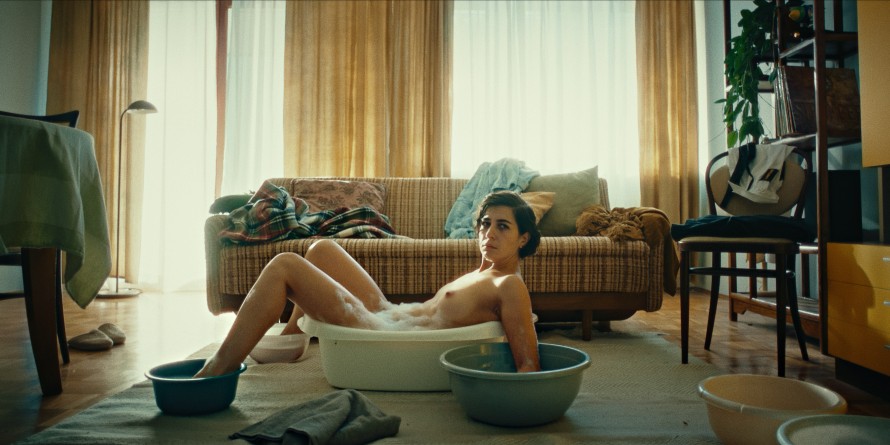
Anna Octopus in Wir könnten genauso gut tot sein, the opening film of the 2022 Perspektive
An Enhanced Look at the Filmmaking Crafts
This year, the various filmmaking crafts are receiving greater attention. Did that also have an impact on the film selection?
Yes, we wanted to draw attention to the fact that film is created as a total work of art. It is a collective work and various crafts contribute to the successful making of a film. The praise has traditionally focused heavily on the directing and producing talent. For many years, the Perspektive section has awarded the prize for best film to the director – and that’s a good thing. But in the future, we want to diversify the awards and therefore nominate one Perspektive talent from a specific craft for each film. We looked at all the films we selected for this year’s programme and asked ourselves: “Who is a particularly noticeable talent from the younger generation that we want to draw attention to here?” And in this process, a cinematographer, production designer, editor and actor as well as a young producer and a documentary film director caught our attention. We had initially planned to give sponsorships to each of these talents, but Covid-19 means that, unfortunately, this cannot take place this year.
Will the same crafts be considered more closely each year, or can others distinguish themselves as well, in addition to those you just mentioned?
Yes, absolutely. We are searching for the most outstanding films each year and looking where the new filmmaking talent is really excelling, in whatever way. Which means it’s possible, and I hope this will be the case, that different crafts will feature in future years.
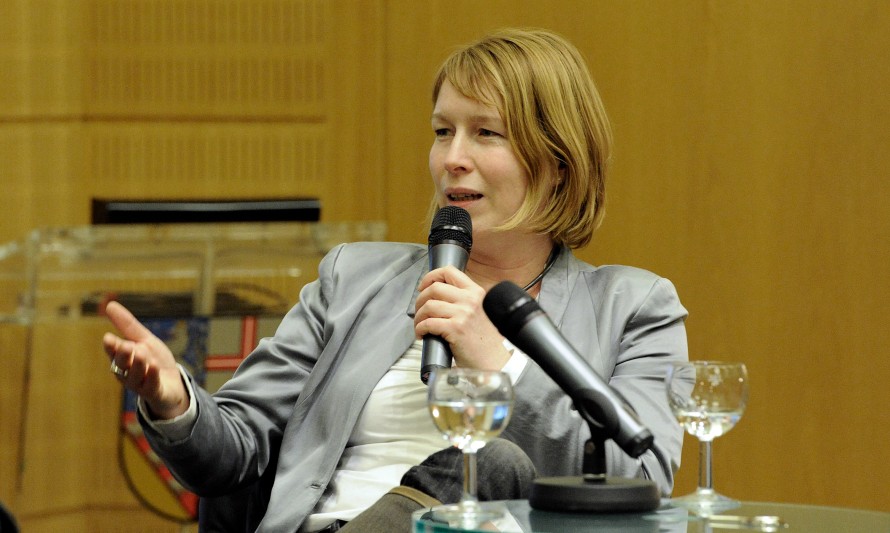
Early years: Linda Söffker during the 61st Berlinale in 2011
This is your final edition of the Perspektive Deutsches Kino. What do you wish for the section in the future?
I wish there will continue to be exciting filmmakers who want to produce German films and make cinema here. They should have a place at the Berlinale that introduces the filmmakers to the audience and the industry – a place that makes the people behind these total works of art visible and allays their fears about red carpets and contact with the public. The filmmakers in the Perspektive programme are all at the beginning of their careers and they are still learning. They should experience the challenges that such a film premiere brings with it. I also wish that the things we have initiated in recent years will bear fruit: that these talented filmmakers will progress and be seen in other sections, at other festivals, also around the world. And finally, I hope that this idea with the crafts, which we were only able to set up on a small scale this year, will be continued and developed by my successors at Perspektive (laughs).
Given that this is your last edition, did the viewing and selection process feel different for you than usual?
One difference, for example, was that having a more sensitive look at the crafts changes the way a film is viewed in general. If you are sensitised to what the individual departments have done, then I think you have even more respect for the film as a total work of art, for the individual skills and the effort involved. It’s great for the audience to also benefit from a new approach to films via our emphasis of the crafts (smiles).
Is it a difficult task to stay true to the DNA of the Perspektive to first and foremost support young filmmakers, while at the same time recognising the craft that especially stands out?
Yes, but I would call it a privilege (laughs).
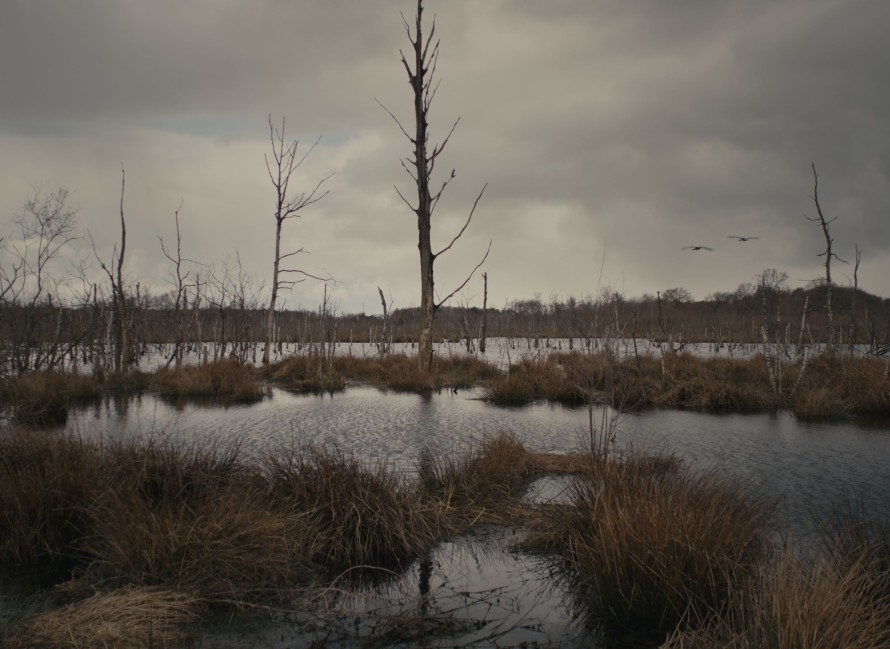
Echo
Young German Filmmakers and the Fascination of the Forest
This year’s programme looks at the impact past events have on the present and at the symbolism of the forest. How is this represented in the film selection?
During the viewing process, we noticed many films had the motif and/or were set in the forest. It was also noticeable this time that a lot is coming out of the past. We have films in the programme in which an echo from the past reverberates in the present. In the case of Echo – the film already has it in the title – it is a bog body found in the forest. The bog preserves the corpse. In a figurative sense, this is how Mareike Wegener allows the past – and maybe also the truth – to come to light. Schweigend steht der Wald (The Silent Forest) is also about a woman whose past is catching up with her: her father disappeared years ago in the forest where she is now doing part of her apprenticeship. And about a body buried in the woods. In this film by Saralisa Volm, this points to a major crime that perhaps involves an entire village and affects the present.
In Sorry Genosse (Sorry Comrade) by Vera Brückner, the echo of the past can also revolve around the formerly divided German state …
Exactly – and the love between a couple in the East and the West who dare to try and escape. Here, love literally transcends borders. The story is told in retrospect and in a very exciting way. It is important to the filmmaker for young people to know that some things are worth fighting for and the value of finding unusual paths. The representation of East German history has always been close to my heart, too. This film is about a part of Germany’s past that has seldom been told in such a way before.
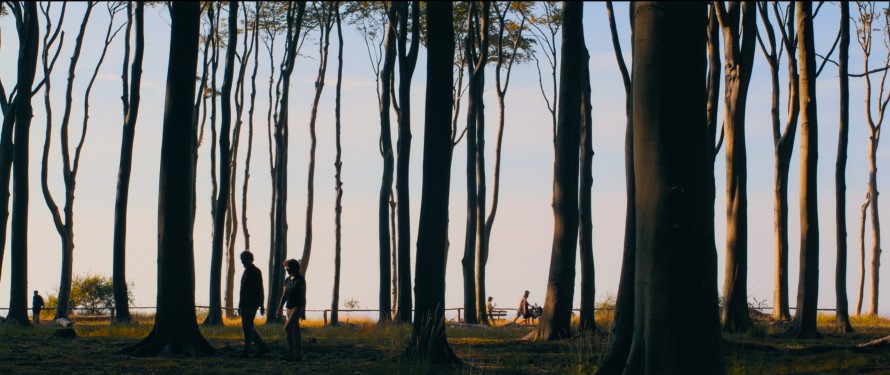
Sorry Genosse
You also emphasised the motif of the forest in your press release. Why do you think that young German filmmakers are so fascinated by this symbol?
I don’t really have an explanation for this. There is certainly a variety of reasons why the forest appears so often, both as a symbol and a setting in the films. With regards to Covid-19, the forest might be a good, safe location that is outdoors. In addition, if you ask questions of the past and, hence, questions of the future in these uncertain times, then this often has to do with yourself and your own identity: “Where do I come from?” And in Germany, in particular, the forest is a symbol, I believe, of opposites: of individual identity and the past, of protection and danger, of freedom and darkness …
The forest thus symbolically unites these opposite poles. In some films, it is a place of longing; in others a place of danger. For example, in the opening film Wir könnten genauso gut tot sein (We Might as Well Be Dead), it is a threat …
Yes, it’s the place everyone is fleeing from. In this film, Natalia Sinelnikova characterises the tower block as a place of refuge where everyone wants to be and where the community lives together in a protected space. The forest, the out there, on the other hand, is a place of danger. But the film is actually about the place that is supposedly safe. The forest is just the antithesis of this at the back of everyone’s mind.
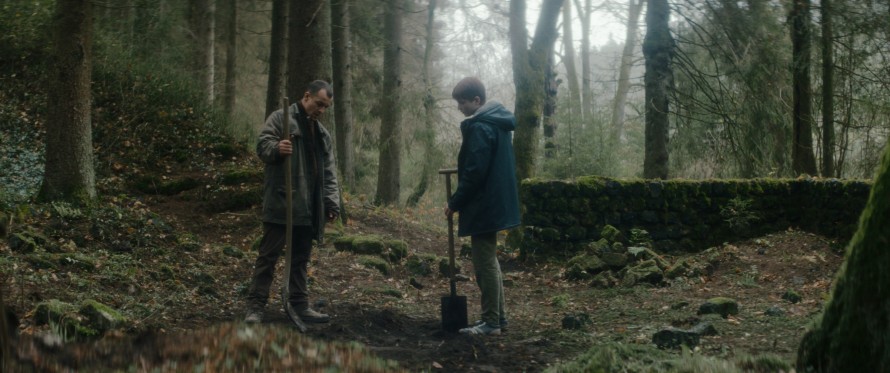
Paul Wollin and Malte Oskar Frank in Gewalten
Constantin Hatz also uses the motif of the forest in Gewalten (Forces) and addresses the effects of the past on the here and now …
Yes, but for him the forest is a place that offers shelter to a very melancholy and lonely boy. When the boy longs to be touched or needs protection, he lies down on the moss, strokes it and lets himself be comforted. The forest unites both motifs, both poles: protection and danger. The film also shows a man returning to his native village and meeting the boy in the forest. The boy believes he has found a friend in this returnee. He feels drawn towards him and a bond develops that causes disquiet in the village.
Coming back to the opening film once more: what made you decide to screen Wir könnten genauso gut tot sein as the opener?
I think a lot comes together in this film: it displays a striking, interesting young voice. It is also a graduation film from a student at the Film University Babelsberg. Supported by a producer who is also still young, the director has created a very complex work. For this film, we chose the production designer Elisabeth Kozerski as a Perspektive talent. She really did an excellent job with the limited budget of a debut film – both in the overall production design and in the individual sets. The camera also explores this tower block in a very beautiful way. This film forces you to ask a lot of questions, but it makes you laugh at the same time. It creates a mood that is intellectually stimulating and also makes you smile. And that’s a good mix for an opening film.
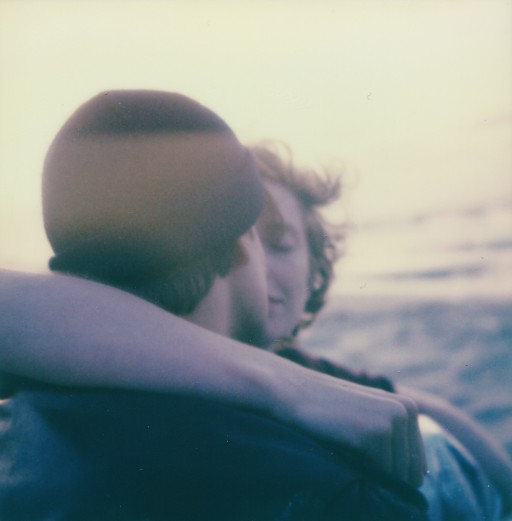
Lucas Englander and Luise Wolfram in Rondo
The film Rondo also addresses the connection between the past and the present …
... and in a really aesthetic form with an excellent protagonist, who we’ve also selected as a Perspektive talent. This film by Katharina Rivilis has a kind of impressionistic effect. It’s about a young woman who is going away for the weekend with her partner and who has been to the same place before with her ex-boyfriend. The film makes it clear that the past always asks questions of the present and the future. It is often the case that memories can become rather blurred and make past experiences seem more beautiful than they actually were. This impression is also created, for example, by the softening the focus of the images. It appears as if the filmmaker wants to overlay these two different points in time.
And finally, Perspektive has selected the documentary Ladies Only about women in India. How does this film fit into this year’s programme?
The filmmaker films in a female-only train compartment and asks the women: “What annoys you? What makes you angry?” The women begin to talk about their lives, their dreams, about what’s going well or badly, sometimes about everyday things like fashion or other topics. All of this produces a colourful, multifaceted picture of Mumbai and of Indian society, even though the film is made in high-contrast cinematic black and white. And here, too, you can hear the echoes of the past if you want to … (laughs).
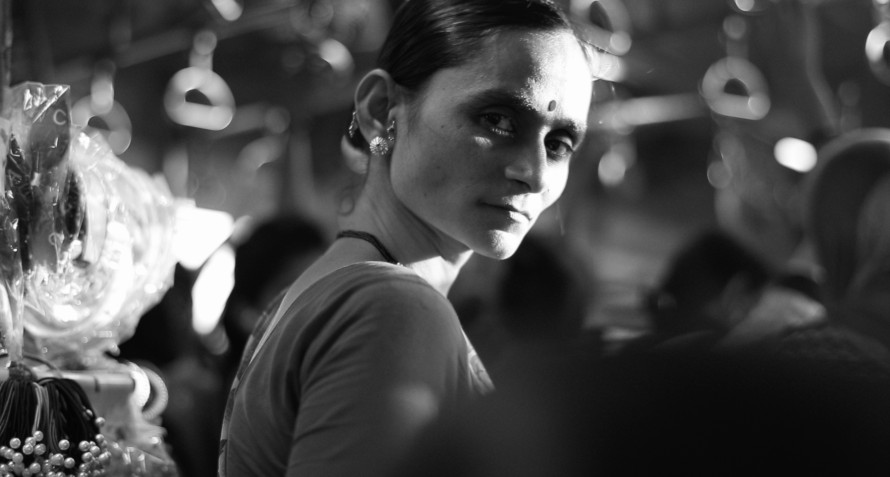
Ladies Only
The Awards in this Year’s Edition
It has been another difficult year. Which prizes can the filmmakers expect to be awarded? You said at the beginning that you had planned sponsorships for the Perspektive talents but these cannot take place now. In what form will the filmmakers be recognised instead?
Even though the planned sponsorships with mentors from the German Film Academy can’t take place, we want to stick with the idea of creating awareness for the various crafts. That’s why we’re dedicating one of the three prizes we award to them. The Kompagnon Fellowship, which we established in 2017 with Berlinale Talents, is still being presented to the best new project by a director whose film appeared in the previous edition of Perspektive. But the other two prizes will go to a talent from our current edition: we are awarding the Compass Perspektive Award to the director of the best film in our programme; and this year, the Heiner Carow Prize from the DEFA Foundation will be presented, for the first time, to a Perspektive talent from one of the crafts. So I am delighted that our highlighting of the crafts is now also combined with an award.